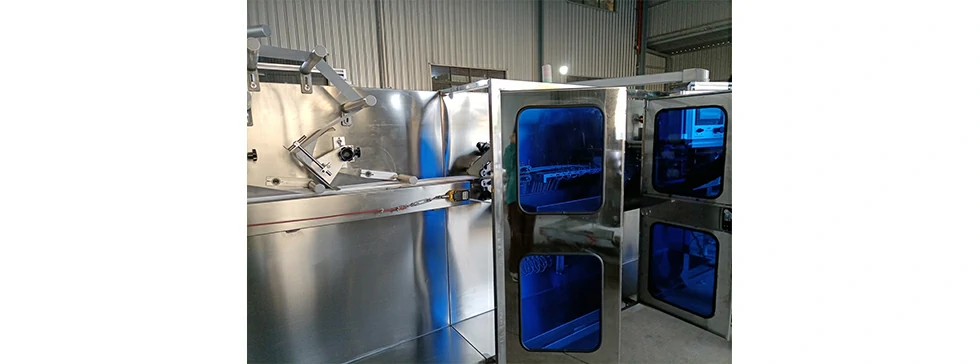The manufacturing of wet tissues, like any industrial process, can have environmental impacts that stem from various stages of production, including raw material sourcing, manufacturing processes, energy consumption, waste generation, and product disposal.
Here are some of the environmental impacts associated with wet tissue manufacturing:
- Resource Extraction: The production of wet tissues requires raw materials such as wood pulp, synthetic fibers, water, chemicals, and packaging materials. The extraction and processing of these raw materials can have environmental consequences, including deforestation, habitat destruction, water pollution, and greenhouse gas emissions.
- Energy Consumption: Wet tissue manufacturing facilities consume significant amounts of energy for various processes, including pulping, drying, weaving, cutting, folding, packaging, and transportation. The energy sources used in manufacturing, such as fossil fuels or electricity from non-renewable sources, contribute to air pollution, greenhouse gas emissions, and climate change.
- Water Usage: Wet tissue manufacturing consumes large quantities of water for pulp processing, wetting agents, cleaning, and cooling processes. Water usage can strain local water supplies, deplete aquifers, and contribute to water pollution through the discharge of wastewater containing chemicals, dyes, and other contaminants.
- Chemical Usage: The production of wet tissues often involves the use of chemicals such as bleaching agents, dyes, fragrances, preservatives, and disinfectants. Chemical usage can result in pollution of waterways, soil contamination, and potential health risks to workers and communities living near manufacturing facilities.
- Waste Generation: Wet tissue manufacturing generates various types of waste, including solid waste, wastewater, and air emissions. Solid waste may include discarded raw materials, trimmings, packaging materials, and product rejects. Wastewater discharged from manufacturing processes may contain pollutants such as chemicals, fibers, and microbial contaminants. Air emissions from energy production, combustion processes, and chemical reactions may contribute to air pollution and respiratory health hazards.
- Packaging Waste: The packaging of wet tissues, including plastic pouches, wrappers, and outer packaging, generates significant amounts of packaging waste. Plastic packaging materials, in particular, contribute to environmental pollution, marine debris, and plastic waste accumulation in landfills and ecosystems.
- Transportation: The transportation of raw materials, finished products, and supplies to and from manufacturing facilities adds to the environmental footprint of wet tissue manufacturing. Fuel consumption, vehicle emissions, traffic congestion, and infrastructure development associated with transportation contribute to air pollution, greenhouse gas emissions, and habitat fragmentation.
- End-of-Life Management: The disposal of used wet tissues after consumer use presents environmental challenges, particularly if the tissues are not biodegradable or compostable. Improper disposal practices, such as littering or flushing wet tissues down toilets, can lead to clogged sewer systems, water pollution, and marine debris.
Overall, the environmental impacts of wet tissue manufacturing underscore the importance of adopting sustainable practices, such as resource conservation, pollution prevention, energy efficiency, waste reduction, and the use of eco-friendly materials and technologies, to minimize the ecological footprint of the industry and promote environmental stewardship.

